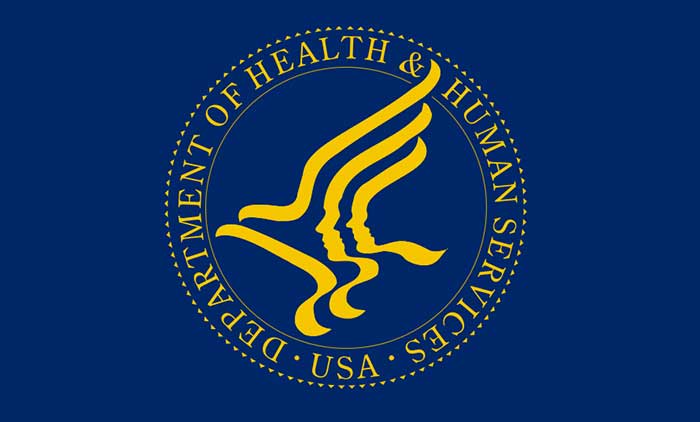
For years, the ability to combat opioid addiction within the West has been painfully flawed. Often, limitations in logistics, equipment, specialist treatment, facilities, and funding has limited what can be done for those in need of help. However, an easing of restrictions by the U.S. Department of Health and Human Services for one of the most effective forms of treatment could be a legitimate game-changer.
Opioid addiction has been a ticking time bomb within US society for a long time now, creating carnage and havoc within US society. However, the easing of restrictions on the provision of buprenorphine could be a major step forward in a more progressive approach to treatment. This will allow for healthcare professionals to administer treatment to as many as 30 patients without having to go the challenging extra training that is often required.
This has been hailed by experts within the medical field. One name who was delighted with the change was Dr. Donald E. Nease, Jr. is a specialist at the University of Colorado Anschutz Medical Campus. He has long been a proponent of the now-provided change. Saying that he had witnessed this happen in the past with routine treatment for depression, he hailed the move as a genuinely progressive moment.
This is an essential first step as numbers show that the number of people engaging in the use of opioids in the West is steadily increasing. Overdose numbers have also risen during the COVID-19 pandemic, fuelling fears that the problem could only just be starting.
By getting ahead of the issue now, it is hoped that experts can stop the problem from escalating as it has in other parts of the US.
Opioid for treatment for all – is it now possible?
One of the primary issues that exists around the provision of proper treatment for opioids stems from the reimbursement process. The hope is that this will make it easier for people to get help whether they have private insurance or simply use public assistance insurance. Others, though, are being a touch more hesitant to hail this as the first step in changing treatment entirely.
According to some, part of the problem lies with the professionals themselves. As noted, the physicians and prescribers still need to agree to the prescription itself. Simply making it easier to start the process isn’t the only problem; convincing those with the power to prescribe to start doing is absolutely essential.
Indeed, some studies even suggest that there might be a stigma around whether or not professionals would look to prescribe treatment. Indeed, surveys showed that less than 40% of physicians asked wanted the extra hurdles removed from the prescription process.
For now, though, this is a step in the right direction in what can hopefully become a long-term treatment plan for those who are in desperate need of help, assistance, and proper care.
Citation